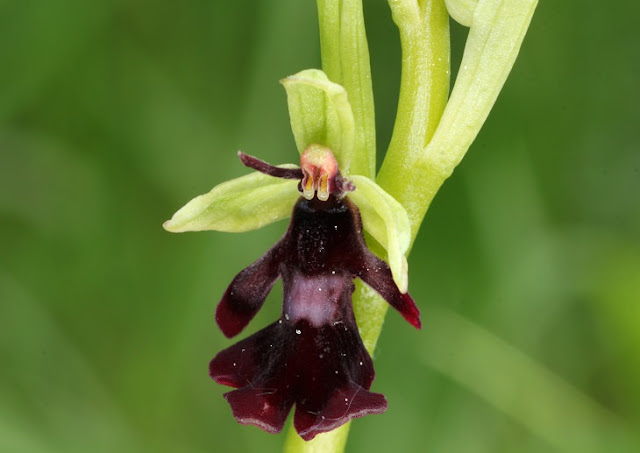An Ancient Ceiba Tree Blooms Once Again After Storms
G'day folks,
It's always great to see survivors of mother nature, and here is another great story. The island of Vieques is still struggling after the hurricanes of 2017, but its most famous tree offers hope.
It’s been a year and a half since hurricanes Irma and Maria pummeled Vieques, a tiny island of off Puerto Rico’s
eastern coast, and still many homes lay in rubble, electric wires hang
precariously from poles, and a crippled cargo ferry system causes shortages of groceries.
The flora, too, bear the scars of the most destructive storms in modern American history.
Patches of leafless gray splotch
mangroves that once covered nearly half the 52-square-mile island in
greenery. Wind-resistant palms, their trunks snapped by fierce gusts,
remain permanently hunched.
Yet an ancient ceiba tree Viequenses consider sacred is staging a
remarkable comeback, one that symbolizes the resilience of the island
itself for some residents.
Ceiba trees, sometimes called kapok trees
in English, dot the island, but there’s only one known as the ceiba.
It’s the island’s oldest tree, estimated to be upward of 400 years old,
and stands as Vieques’s third-most popular tourist attraction after a
174-year-old Spanish fort and a bioluminescent bay that boasts the brightest glowing dinoflagellates in the world.
Photographs
taken after Hurricane Maria show the tree leafless and badly damaged,
with knobby limbs laying broken around its thick trunk. But today, new
growth sprouts from its gnarled branches. And in February 2019, pompoms
of pink blossoms unfurled for the first time since the hurricanes.
“It’s pretty amazing,” Edgar Oscar Ruiz, a
34-year-old local clean-energy activist living on Vieques, said staring
up the tree’s trunk.
Only a few of the flowers remained during
a visit to the island in late February. Dried, brown husks of expired
blooms littered the ground below, blending with the scattered piles of
wild horse dung to create an earthy potpourri. The flowers burst open at
dusk, drawing swarms of bees, spiders, and hummingbirds to what Ardelle
Ferrer Negretti, the founder of a local community project to protect
the ceiba, calls “the nectar feast.” When the sunlight fades into
blackness, bats join the banquet.
The fact that the ceiba blossomed at all
this year demonstrates the kind of speedy recovery that’s evaded so much
else on this island.
Clancy's comment: Don't you just love the way trees survive disasters?
I'm ...




























































